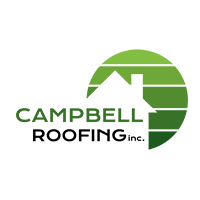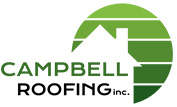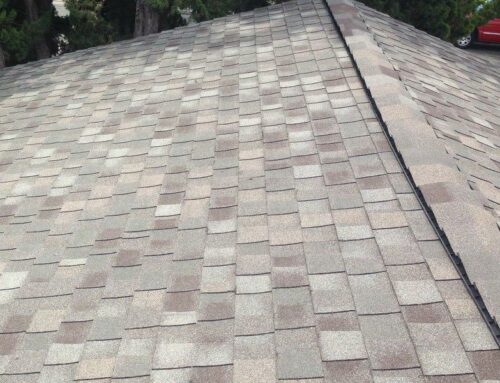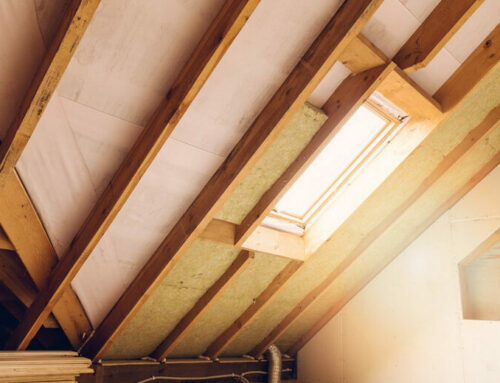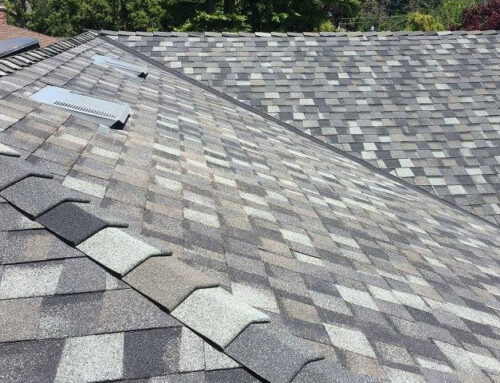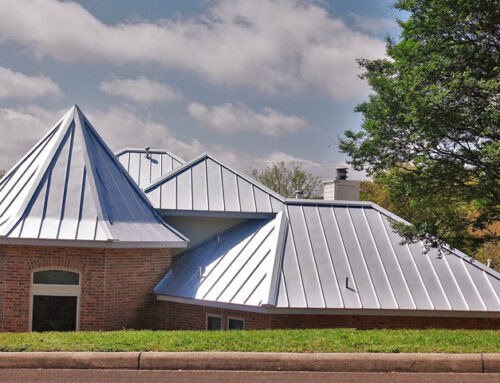The world of commercial roofing can be a little bit technical, even more so than the residential roofing world. It also doesn’t help that there are so many options for commercial roofing.
If you own a commercial roof, or you’re responsible for managing one, then it will benefit you to get a handle on some of the most common commercial roofing jargon. Here are seventeen commercial roofing terms you should know.
Aggregate
Aggregate is crushed grains or pebbles of rock-like materials. In commercial roofing, aggregate is typically used for BUR, as the material on the top of the roof. They act as a ballast and hold the other roof materials in place. They may also make a more appealing visual on roofs that can be seen from other parts of the building.
Blistering
A flat roof membrane may develop blistering. This is bubbling in the material. It is usually caused by trapped moisture beneath the membrane.
Built-Up Roofing (BUR)
BUR is a type of roofing that involves several built-up layers of asphalt and aggregate, most commonly gravel. BUR is an older kind of flat roofing and is cost-effective but not always the easiest to repair.
Cover Board
A cover board acts as a barrier between the decking and other parts of the roofing system. It may also be used to strengthen the roof so that it can be walked on.
Decking
Thin wooden boards that lay along the roof truss. These boards support the weight of the roof above them. They may be made of OSB or plywood.
Drainage Course
A pathway for water to move laterally through the roof system to drain properly. The drainage course is made of separate material from the rest of the roof. It relieves pressure and weight in the roof.
Flashing
Roofing materials, typically thin sheets of rigid metal, used to seal certain points of flat roofing systems, including at walls, penetrations and drains.
Heat Welding
This is the process of using heat to secure two parts of a roof together. Certain flat roof membranes and materials must be heat welding during installation.
In-Service R-Value
The expected performance of your roof insulation through its expected service life. The R-Value measures how well your roof will insulate until it needs to be replaced.
K-Value
Different from R-value, K-value is the number of BTU (of heat) that pass through a 1-inch thick, 1-square foot sample of the material.
Life-Cycle Assessment (LCA)
An environmental impact review method used for commercial roofs. This measurement looks at the impact of a roof from the extraction of its raw materials to its eventual disposal or recycling.
Membrane
A flexible sheet of roofing material. It is waterproofed and designed to exclude water.
NRCA
The National Roofing Contractor’s Association. They create standards for commercial roofing and can offer guidance.
Overburden
Any material that is installed or placed on top of a waterproofing assembly.
Penetrations
Anything that goes through the roof. This includes plumbing exhaust lines, HVAC lines, skylights, access stairwells,
Permeability
A measurement of how water vapor will move through a material.
Polymer-Modified Bitumen
Bitumen is a product of coal or petroleum. They are a component of asphalt and tar. Bitumen can be modified with polymers, plastic derived products, to make it more suitable for use in roofing products.
